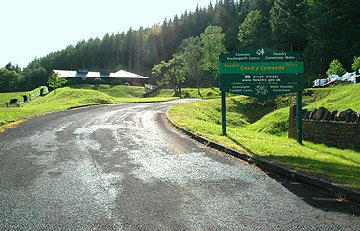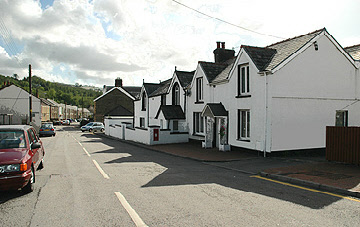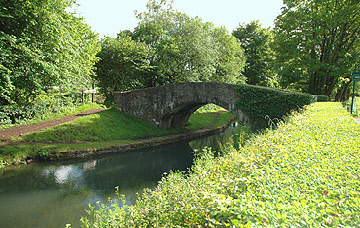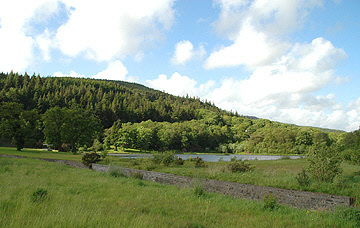

Resolven was however very much part of the South Wales mining community serving the coal, iron and steel industries that drove the first industrial revolution. Today it is a pleasant rural village.
The local Afan Colliery operated until the late 1960s and was one of a number of mines providing employment and growth of communities, such as Resolven, in the Neath Valley.
The popular Rheola indoor market is located near the village on the site of what was an aluminium works. The lake that was associated with the works is shown in the picture, bottom right below.
In 1791, the Neath Canal Act authorised the building of a canal between Glynneath in the north to Melincryddan in the south – a distance of ten and a half miles. Its original purpose was to carry iron ore from the various mines and outcrops at the head of the valley to the Venallt ironworks at Cwmgwrach, the Melin-y-Cwrt ironworks and Neath Abbey ironworks. The canal was completed in 1795 and barges carrying 25 tons plied the waterway. In 1799, the canal was extended to Briton Ferry (Giants Grave) from where it was exported by coastal vessels.
This proved a catalyst to the development of collieries and settlements in the Vale of Neath and stimulated the growth of other industries. Resolven grew at this time, but remained a rural area and in 1800 it still had nineteen working farms.Forestry is still an important industry in the valley and the Forestry Commission has its local headquarters in Rheola Forest overlooking the village. Afan Forest Park Visitor Centre, four miles from the village is well worth a visit.
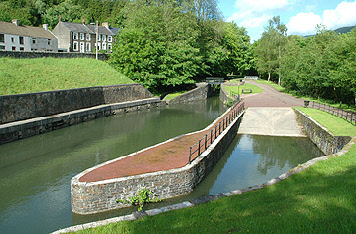
RESOLVEN
